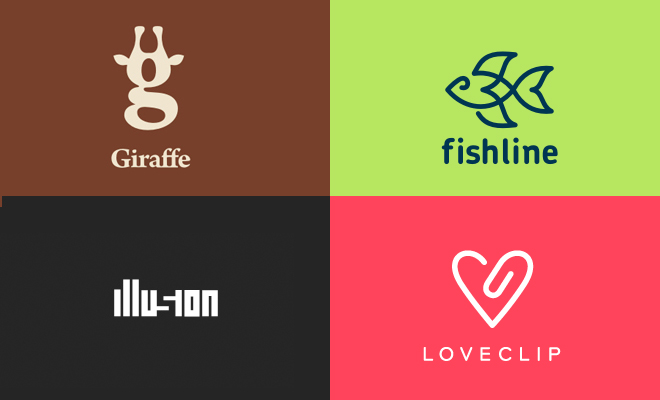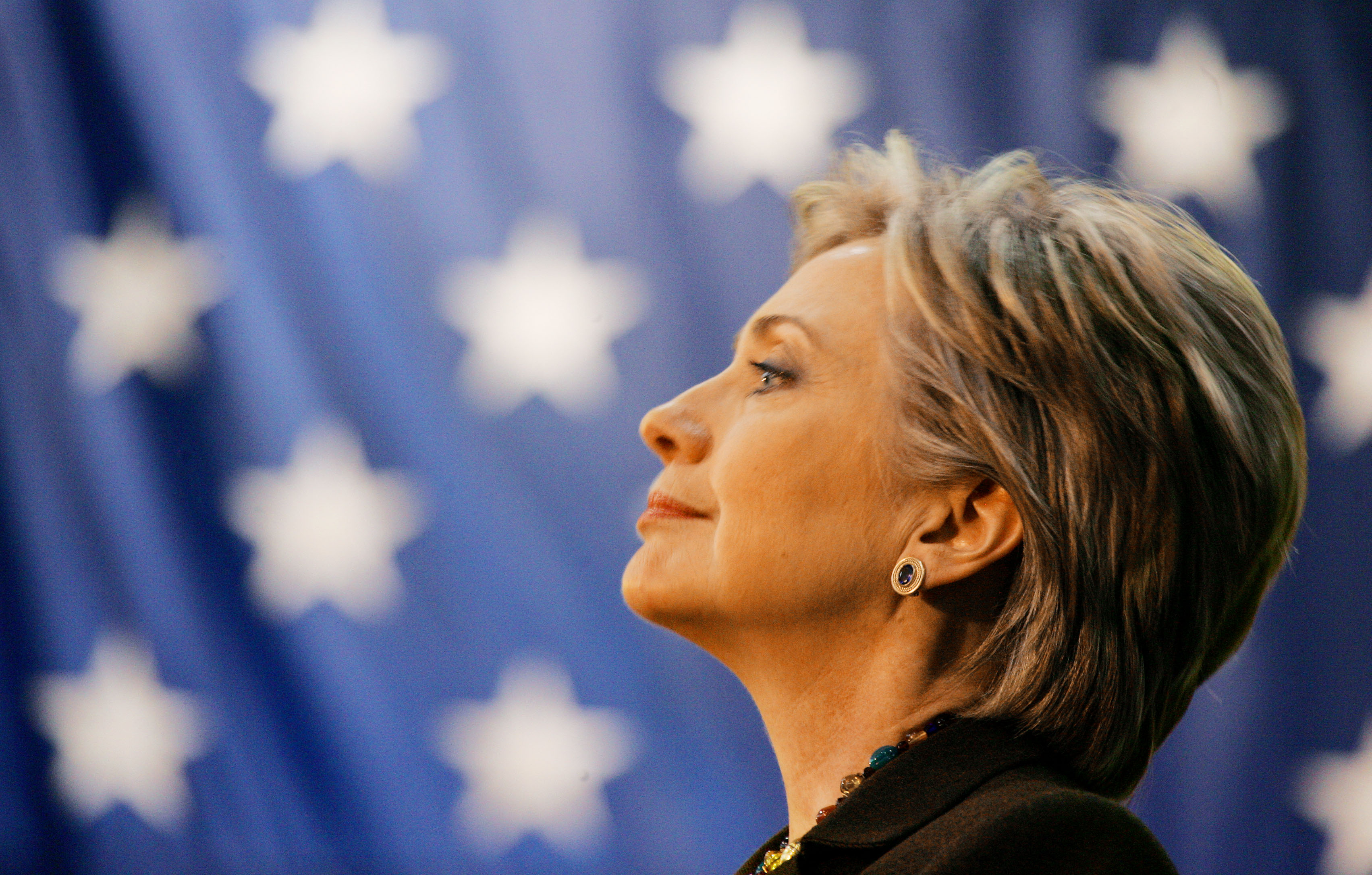At Design Indaba, these five pioneering projects show how design can tackle real social issues.
Every year, Design Indaba takes over Cape Town with an explosion of energy that transcends disciplines, borders and cultures, delivering thought-provoking, change-making insights that spur the enraptured audience to action.
MCd as ever by Pentagram’s Michael Bierut and friends, the three-day conference delivers a fascinating blend of speakers representing the worlds of graphic design, architecture, fashion, fine art, furniture and more.
One key theme stood out for us: the power of design not only to draw attention to, but help enact positive change in response to social issues around the world. And that ethos was encapsulated in the following five projects…
Replace pharmaceuticals with music

Former head of design at Nokia, Marko Ahtisaari co-founded the Sync Project: an exciting startup dedicated to exploring the physiological effects of music.
According to Ahtisaari, music can affect the brain in a similar way to certain pharmaceuticals, stimulating emotion, arousal and social affiliation, as well as having an impact on sleep patterns, relaxation and even pain control.
At Indaba, in the context of a talk that focused on the value of music as a ‘precision medicine’, he launched an ambitious experiment called Unwind – which aims to deliver bespoke relaxation techniques tailored to your needs.
His ambition for the next decade? To prove, in the face of a global stronghold by pharmaceutical companies, and a cultural dependence on medication, the value of “non-drug modalities with drug-like effects”, such as music.
Fight for disabled people’s rights

RCA graduate Arjun Harrison-Mann now runs Studio Hyte, and dedicated his inspiring Design Indaba talk to what he calls ‘dialogical design’: using creativity to engage in debate, raise awareness and stimulate change.
For Harrison-Mann, the UK government’s ongoing cuts to disabled benefits – condemned by the UN – spurred him to confront the issue through this method. His #RightsNotGames project is an online tool that makes protesting accessible to all, giving everyone a voice in the debate.
Meanwhile, his @DearDecisionMkr project exposes the compassion-free disability benefit process by which Personal Independence Payments (or PIPs) are allocated, using a faceless algorithm.
In his talk, Harrison-Mann emphasised the three key components of a successful dialogical campaign: establishing the right context, achieving a meaningful human impression, and finally facilitating real-time interaction.
Give anyone in the world a fixed address

Anyone who follows the D&AD Awards will no-doubt be familiar with what3words, the innovative Black Pencil-winning project that splits the entire globe into a grid of over 50 trillion three-metre squares, each with their own unique three-word identifier.
What founder Chris Sheldrick revealed in more detail during his Design Indaba talk was the broader social impact of the project. Over and above helping post find its intended recipient in hard-to-locate places, what3words can facilitate anything that requires a pinpoint-accurate, easy-to-remember location, such as administering emergency medical treatment.
As Sheldrick points out: “0 per cent of people can remember a GPS coordinate. 100 per cent of people can remember three words.”
Empower disabled people through fashion

Picking up a different angle on social issues faced by disabled people, Parsons School of Design graduate Grace Jun spoke about how her company Open Style Lab develops “accessible clothing” to improve quality of life for disabled people, or those recovering from surgery or illness.
By teaming a designer, an engineer and an occupational therapist with an individual over an assessment period, Open Style Lab innovates in the fields of textiles and garment engineering to enable greater flexibility and freedom of movement.
Examples have included garments for those recovering from breast cancer operations, based data gathered by Bluetooth about individuals’ range of movement and interaction with items of clothing. The results included wider arm holes, optional fastening hooks on sleeves, and magnetic fastenings.
Bring solar power into off-grid homes

Launched four years ago by internationally-acclaimed artist and innovator Olafur Eliasson, Little Sun is a beautifully simple, and beautifully designed solar-powered light.
Designed primarily for off-grid homes in less developed countries, Little Sun has so far sold over 200,000 units in Africa. Although considered on a continental scale, Eliasson acknowledges this as a humble start, but it has nonetheless (by his calculations), saved an oil tanker’s worth of fossil fuel by replacing petroleum lamps with renewable energy.
Due to launch later in 2017, the Little Sun Diamond is the next stage in innovation for the company. This product uses a more advanced LED to produce a more intense light from the same base power, as well as cheaper manufacturing and shipping methods.
Little Sun is not a charity, and true scaleability in the future will likely depend on buy-in from major retailers. But the project is a sterling example of what Eliasson calls a “pebble on the beach” phenomenon, solving small local problems in off-grid homes, but potentially making a significant impact on fossil fuel usage in the long term through smart, problem-solving design.


























